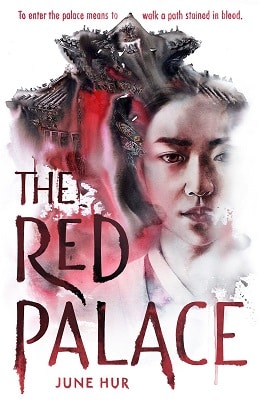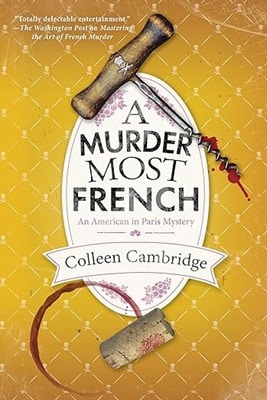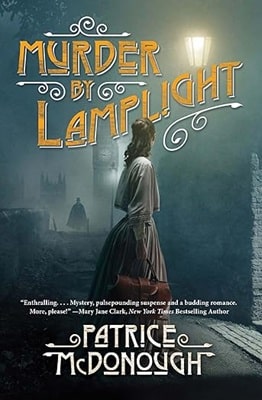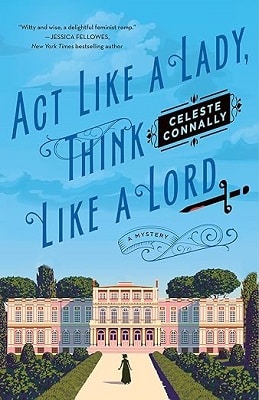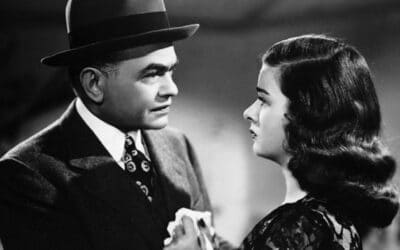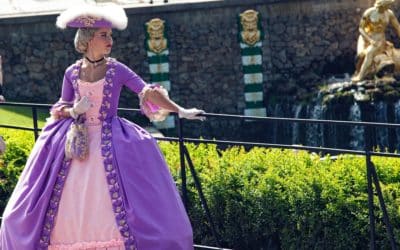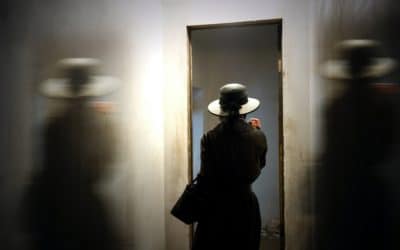Book Review
The Red Palace
reviewed by Barbara Saffer
It’s 1758 and Joseon dynasty Korea is a difficult place for illegitimate daughters. Eighteen-year-old Hyeon was born to Lord Shin and one of his concubines, but the girl is considered a vulgar commoner.
Hyeon’s father has no use for her, and—when Hyeon was eight years old—her mother abandoned her in front of a geisha house, hoping the girl would be taken in and trained to be an entertainer.
Shivering and frightened, little Hyeon was rescued by a passing woman, Nurse Jeongsu, who said, “I am an uinyeo (medical woman). You aren’t alone now.” Nurse Jeongsu took Hyeon to the Hyeminseo (medical clinic), and over the following years, trained her to be a nurse. Between caring for commoners and assiduously studying, Hyeon received the best marks, and now, having just turned eighteen, she’s achieved the high rank of palace nurse. In Joseon era Korea males are forbidden to touch women unrelated to them, so nurses examine female patients and report their findings to male doctors.
As the story opens, night is approaching and Hyeon and her fellow nurse Jieun are summoned by Physician Nanshin, who leads them to the palace of Crown Prince Jangheon. When the healers enter the royal’s bedchamber, the Crown Prince’s wife Lady Hyegyoung loudly announces—so the servants and court ladies can hear—that His Highness has been ill for two days and is getting worse.
While Physician Nanshin examines the patient Hyeon is shocked to see that it isn’t the Crown Prince at all. Instead, the royal’s bed is occupied by an old man dressed in the Crown Prince’s nightgown. The healers remain in the palace all night, pretending to care for Crown Prince Jangheon. At one point Lady Hyegyoung summons Nurse Hyeon and Nurse Jieun. Lady Hyegyoung prevails on the nurses’ discretion and asks them, if the King summons the Crown Prince, to say he’s indisposed. Lying to the King is a death penalty offense, but Hyeon agrees, all the time wondering where Crown Prince Jangheon disappeared to.
The next morning, as Hyeon and Jieun are leaving the palace, they hear a servant tell Lady Hyegyoung that four women were murdered at the Hyeminseo. The nurses rush to the medical facility and see four bodies laid out in the courtyard, under straw mats. Hyeon pretends she was summoned to view the bodies and quickly examines the four corpses, who turn out to be a head nurse, two student nurses, and a court lady. Police Commander Song arrests Hyeon’s mentor, Nurse Jeongsu, for the murders, but Hyeon is certain her teacher is innocent. So Hyeon decides to look for the real killer herself.
Hyeon’s astute observations about the corpses impress a young police inspector called Eojin, who allows Hyeon to join his investigation. Meanwhile, handbills are going up around the city, claiming the Crown Prince killed the women at the Hyeminseo. Eojin tells Hyeon that his superior, Police Commander Song, will be even more determined to blame Nurse Jeongsu now, to protect the royal family.
According to the law a verdict must be passed on Nurse Jeongsu within ten days of her interrogation, so Hyeon and Eojin have to hustle to solve the crimes. They look for the murder weapon and travel around the region to speak to witnesses and search for the truth. As the duo work together, romantic sparks ignite, but the situation is complicated by Eojin’s much higher social status. A man of his class would normally take a vulgar commoner like Hyeon as a concubine rather than a wife, and Hyeon would never agree to that.
A highlight of the book is the peek at customs, laws, and palace politics of 18th century Korea, which was a paternalistic society with rigid social stratification, strict rules for men and women, and domestic spies everywhere. The novel also presents an informative picture of nursing in 1700s Korea, which was divided into three specialties: pulse reading to determine the level of balance in the body and mind; diagnosing illnesses and concocting and administering medicines; and acupuncture to alleviate illness and pains using the body’s pressure points.
In an author’s note at the end of the book, Hur explains that the story is loosely based on the real life of Crown Prince Sado (1735 – 1762). Crown Prince Sado was a murderer who allegedly killed a hundred people in his lifetime. To punish Sado, his father King Yeongjo had the prince enclosed in a rice chest, where Sado died of starvation eight days later. However, that doesn’t mean Crown Prince Jangheon is the culprit in this book.
This is a compelling historical mystery in a unique and interesting setting.
More Historical Mysteries
Historical Mystery Features
Mysteries Set in the 1940s
This tumultuous decade served as a fertile ground for mysteries
Historical Psychological Thrillers
How historical psychological thrillers stack up against psychological thrillers
Is it Historical Fiction?
How long ago does history start?

